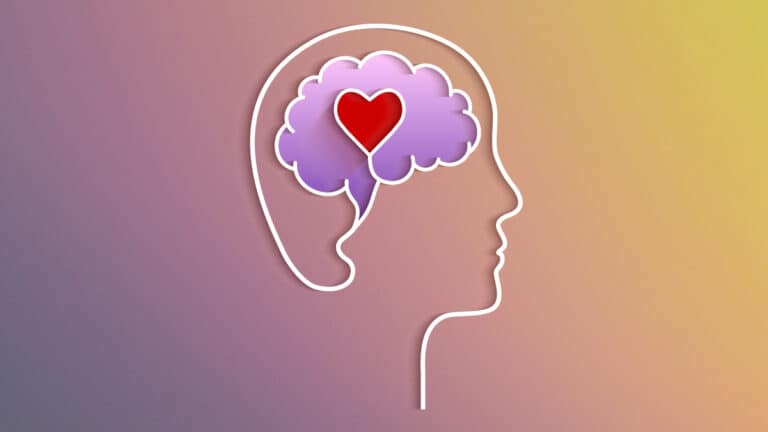The Science Behind Bipolar Disorder: Genetics, Brain Chemistry, and More
Introduction
Bipolar disorder is a complex mental health condition characterized by extreme mood swings, ranging from manic highs to depressive lows. While its symptoms and impact are widely discussed, the underlying scientific mechanisms often remain underexplored. Understanding the genetic, neurological, and biochemical factors contributing to bipolar disorder not only demystifies the condition but also paves the way for more effective treatments and interventions.
Understanding Bipolar Disorder
Bipolar disorder manifests in various forms, primarily:
- Bipolar I Disorder: Characterized by intense manic episodes lasting at least seven days or requiring hospitalization, often alternating with depressive episodes.
- Bipolar II Disorder: Defined by depressive episodes and hypomanic episodes, which are less severe than full-blown mania.
- Cyclothymic Disorder: Marked by chronic, fluctuating mood disturbances that don’t meet the criteria for full manic or depressive episodes.
These distinct forms share overlapping features but differ in severity and duration, highlighting the need for a nuanced understanding of their scientific basis.
The Role of Genetics in Bipolar Disorder
Research underscores a significant genetic component in bipolar disorder:
- Family Studies: Individuals with a first-degree relative (parent, sibling) diagnosed with bipolar disorder are at a higher risk of developing the condition.
- Twin Studies: Identical twins show a higher concordance rate (about 60-80%) for bipolar disorder compared to fraternal twins.
- Genetic Markers: Genome-wide association studies (GWAS) have identified specific genes, such as CACNA1C and ANK3, linked to bipolar disorder. These genes influence brain cell signaling and mood regulation.
Despite these insights, bipolar disorder is not caused by a single gene. Instead, it’s the result of complex interactions among multiple genetic and environmental factors.
Brain Chemistry and Bipolar Disorder
Chemical imbalances in the brain play a pivotal role in bipolar disorder. Key neurotransmitters involved include:
- Dopamine: Often associated with pleasure and reward, elevated dopamine levels during manic episodes can contribute to heightened energy and euphoria.
- Serotonin: Dysregulated serotonin levels are linked to mood instability, influencing both depressive and manic states.
- Norepinephrine: Fluctuations in norepinephrine levels can drive both hyperactivity in mania and lethargy in depression.
These neurotransmitters don’t act in isolation but interact with other brain systems, complicating the biochemical landscape of bipolar disorder.
Brain Structure and Function in Bipolar Disorder
Modern imaging techniques have revealed structural and functional abnormalities in the brains of individuals with bipolar disorder:
- Amygdala: Responsible for emotional processing, the amygdala often shows hyperactivity during manic episodes and hypoactivity during depressive states.
- Hippocampus: This region, crucial for memory and emotion regulation, may be smaller or functionally impaired in some individuals with bipolar disorder.
- Prefrontal Cortex: Reduced activity in this area, which governs decision-making and impulse control, is linked to the impulsivity seen in manic phases.
These findings highlight how bipolar disorder is rooted in disruptions to the brain’s structural and functional integrity.
Environmental and Epigenetic Factors
While genetics provide a foundation, environmental factors and epigenetics also shape the onset and progression of bipolar disorder:
- Stress and Trauma: High-stress environments or traumatic events can trigger episodes in genetically predisposed individuals.
- Epigenetic Changes: Factors such as diet, stress, and substance use can modify gene expression without altering the genetic code itself, influencing the risk and severity of bipolar symptoms.
Understanding these dynamics underscores the importance of holistic treatment approaches that address both biological and environmental contributors.
Hormonal and Biological Influences
Hormones and biological rhythms significantly impact mood regulation:
- HPA Axis Dysregulation: The hypothalamic-pituitary-adrenal (HPA) axis, which controls the body’s stress response, often shows abnormal activity in individuals with bipolar disorder, leading to heightened stress sensitivity.
- Circadian Rhythms: Disruptions in the body’s internal clock can exacerbate mood swings, with sleep disturbances being a common symptom and trigger of bipolar episodes.
Targeting these biological systems offers promising avenues for managing the condition.
The Role of Neuroplasticity
Neuroplasticity—the brain’s ability to adapt and reorganize—is impaired in bipolar disorder but also presents an opportunity for recovery:
- Therapeutic Impact: Treatments like cognitive-behavioral therapy (CBT) and mindfulness can enhance neuroplasticity, helping the brain form healthier patterns.
- Medication Effects: Mood stabilizers like lithium and antipsychotics not only alleviate symptoms but also promote neurogenesis and synaptic repair.
Harnessing neuroplasticity is a cornerstone of modern bipolar disorder management.
Advances in Bipolar Disorder Research
Emerging technologies are transforming our understanding and treatment of bipolar disorder:
- Brain Mapping: Advanced imaging techniques provide deeper insights into the neural circuits involved in bipolar disorder.
- AI in Diagnosis: Artificial intelligence tools are improving the accuracy of diagnosis by analyzing complex patterns in symptoms and brain activity.
- Personalized Medicine: Genetic profiling and biomarker identification are paving the way for tailored treatment plans.
These innovations hold promise for more effective and individualized care.
Conclusion
Bipolar disorder is a multifaceted condition rooted in a combination of genetic, neurological, and environmental factors. Advances in research have illuminated the roles of brain chemistry, structure, and genetics, offering hope for better treatments and outcomes. By embracing a scientific understanding of bipolar disorder, individuals and families can navigate the challenges with greater clarity and confidence. As research continues to evolve, so does the potential for transformative therapies and interventions, reinforcing the importance of seeking professional help and support.





